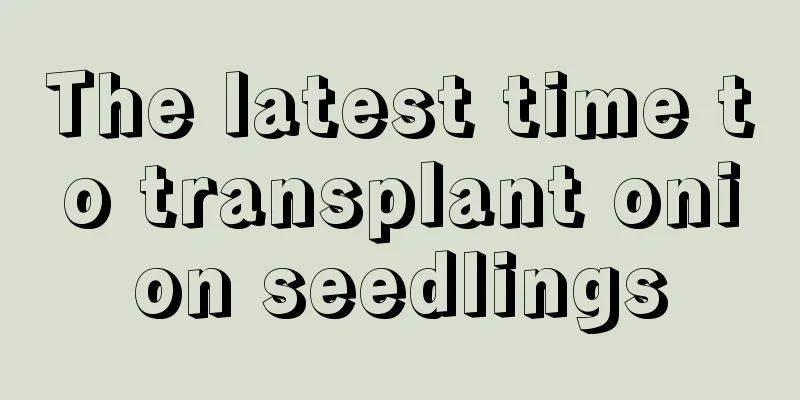Tomato growth environment conditions and characteristics

Tomato growth environment conditions and requirementsThe fruit of tomatoes grows on the vine and the roots grow in the soil. Due to the influence of the climatic conditions of their place of origin, tomatoes have the habits of liking warmth and light, being afraid of frost and heat, and being resistant to fertilizer. Therefore, they grow well and have high yields in the warm spring and autumn climates with strong light. However, they grow weakly, are prone to diseases and insects, and have low yields in the hot and rainy summer or the cold and little light winter. Tomato growing temperatureThe suitable temperature for tomato seedlings is 20-25℃ during the day and 10-15℃ at night. It is sensitive to temperature during the flowering period, which is 20-30℃ during the day and 15-20℃ at night. The short-term lowest temperature it can tolerate is -1℃ and the highest temperature is 38℃. Tomato Growth HumidityTomatoes consume a lot of water and have a strong ability to absorb water, so there is no need to water them frequently and in large quantities. Tomatoes require lower air and humidity for growth, generally 45% to 50% is appropriate. Watering should be based on the principle of watering when the soil is dry and watering when the soil is wet. Tomato Growing SoilTomatoes have strong adaptability to soil and can easily obtain high yields in loam that is deep, loose, breathable, and rich in organic matter. Tomatoes also like fertilizer, especially during the fruiting period, their water and fertilizer needs should be met. Tomato growth cycle and processTomatoes can grow in spring, summer, autumn and winter, and the growth cycle of tomatoes is about 110-170 days. The development period is generally 7-9 days. Under suitable temperature, seedlings generally need about 50 days, 60-80 days in cold seasons, and about 40 days in hot seasons. The flowering and fruiting period takes 15-30 days. Early maturity or high temperature cultivation requires a shorter time, and vice versa. |
<<: Cypress growth environment conditions and characteristics
>>: How to grow lipstick succulent and what to pay attention to
Recommend
The efficacy and function of thistle
1. The role of medical treatment 1. Stop bleeding...
Can I plant onions in June?
Green onions have a long history of cultivation i...
What to do if the leaves of a rubber tree become soft and droop after repotting (tips for restoring a newly planted rubber tree from drooping)
What to do if the leaves of the rubber tree droop...
How to prune osmanthus trees (pruning time and method)
When to prune osmanthus trees Reasonable pruning ...
How Wisteria Spends the Winter
How to spend the winter indoors? Wisteria grown i...
How to propagate apricot trees by grafting
Apricot tree grafting propagation method The firs...
When and how to plant lilies
1. When to plant It is necessary to choose the ri...
How to care for hydrangeas by repotting them in summer?
Hydrangea , scientifically known as Hydrangea mac...
Can fuchsia be planted in the yard?
Can I plant fuchsia in the yard? Fuchsia can be p...
How to make hyacinth plastic bottle
1. Material preparation A small knife, a pair of ...
Can bougainvillea be grafted?
1. Cutting conditions ① Time: The best time for b...
Cultivation methods and precautions of Xanthoceras sorbifolia
Cultivation methods and precautions of Xanthocera...
What kind of potting soil should be used for Begonia
Selection of Begonia flower pots When growing cra...
Hawthorn pest control
Hawthorn blossom rot It mainly damages leaves, ne...
How to plant evergreen dianthus, so that it blooms more beautifully
Plant habits First of all, it likes a warm enviro...









